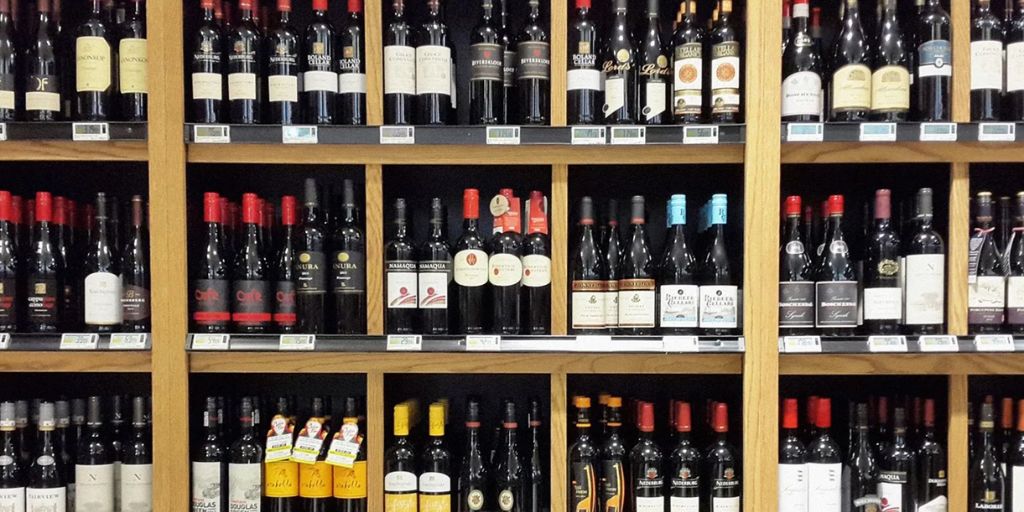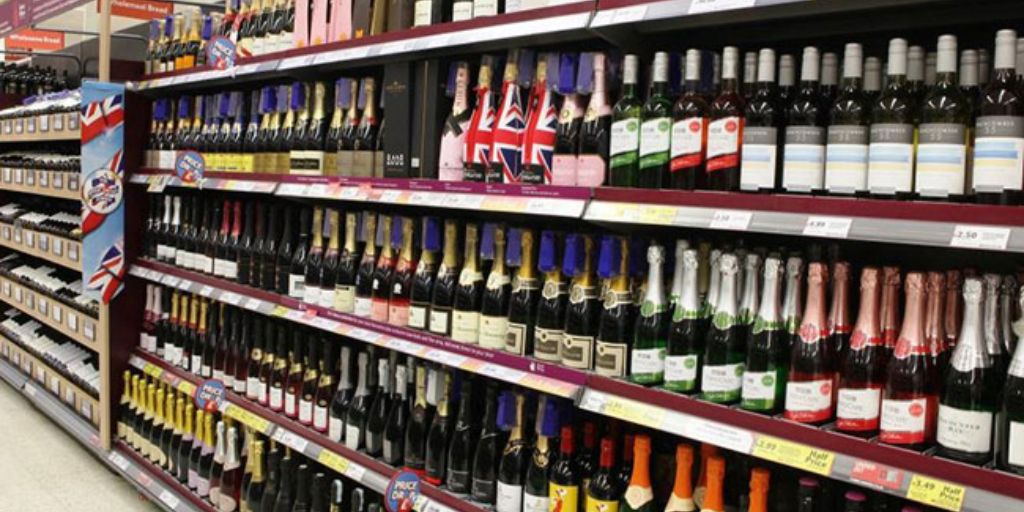Wine buying can be an intimidating experience, especially at the supermarket where rows of bottles, flashy labels, and unfamiliar names can make choosing the right one feel like a guessing game. Without the help of a sommelier or tasting notes from a vineyard visit, how can you confidently pick a wine that tastes great and offers good value?
The truth is, you don’t have to visit a specialty wine shop or spend a small fortune to enjoy a quality bottle. Supermarkets today often carry a surprisingly good selection of wines—from everyday table wines to hidden gems from reputable regions and producers. With a bit of knowledge and a few smart strategies, you can find great wines right in the grocery aisle.
This article explores practical tips and insider tricks to help you navigate the supermarket wine section like a pro.
1. Know What You Like
Before diving into labels and vintages, it’s helpful to know your personal taste preferences. Do you enjoy bold, fruity reds like Cabernet Sauvignon? Or do you prefer crisp, dry whites like Sauvignon Blanc? Maybe you lean toward rosés or sparkling wines.
Understanding your wine palate—whether you like sweet or dry, light or full-bodied—can instantly narrow down your choices. If you’re unsure, think about other flavors you enjoy in food. Do you like citrus and herbs? You might love a zesty white. Prefer dark berries and spices? A robust red might be for you.
Supermarket wines are often grouped by type, so identifying your preferred style can help you focus on the right section.
2. Shop by Grape Variety (Not Just Brand)
Brand names can be overwhelming, especially when many supermarket wines come from mass producers. Instead of choosing by brand, consider the grape variety, also known as the varietal.
Some popular and reliable grape varieties include:
-
Red wines: Cabernet Sauvignon, Merlot, Pinot Noir, Syrah/Shiraz, Malbec
-
White wines: Sauvignon Blanc, Chardonnay, Pinot Grigio, Riesling
-
Rosé wines: Typically made from red grapes but fermented like white wines
-
Sparkling wines: Prosecco, Cava, Champagne (if budget allows)
Grape variety gives you an idea of flavor, body, and sweetness. For instance, Pinot Noir tends to be light and earthy, while Zinfandel is often jammy and bold.
3. Look for Recognizable Regions
One of the secrets to finding great supermarket wine is paying attention to the region of origin. Certain regions have strong reputations for specific types of wine, and you can often trust the quality even if you don’t know the producer.
Some dependable wine regions include:
-
France: Bordeaux (reds), Burgundy (Pinot Noir and Chardonnay), Loire Valley (Sauvignon Blanc), Provence (rosé)
-
Italy: Tuscany (Chianti), Piedmont (Barbera), Veneto (Prosecco), Sicily (Nero d’Avola)
-
Spain: Rioja (Tempranillo), Rueda (Verdejo), Cava (sparkling)
-
USA: California (Napa and Sonoma), Washington State, Oregon (Pinot Noir)
-
Argentina: Mendoza (Malbec)
-
Chile: Central Valley (Cabernet, Carmenère)
-
Australia: Barossa Valley (Shiraz), Margaret River (Cabernet, Chardonnay)
-
New Zealand: Marlborough (Sauvignon Blanc)
Suppose you see a bottle of Sauvignon Blanc from Marlborough, New Zealand, or a Malbec from Mendoza, Argentina. In that case, odds are it will be a reliable and flavorful choice—even at the supermarket.
4. Avoid Rock-Bottom Pricing (Usually)
While bargain hunting can be fun, wines that are priced extremely low—say under $5—are often mass-produced with little regard for quality. These wines may lack balance, complexity, or flavor integrity.
That said, you don’t have to spend a lot either. The sweet spot for value at the supermarket is usually between $8 and $15. In this range, you’re more likely to find wines made with better grapes and more attention to production methods.
Tip: Watch for discounts on higher-tier wines that are marked down. Supermarkets often rotate stock and discount last year’s vintages, especially after the holiday season.
5. Read the Back Label
The front label of a wine bottle may catch your eye, but the back label often contains the most useful information. Look for tasting notes, food pairing suggestions, and information about the producer or region.
Words like “hand-harvested,” “estate grown,” “sustainably farmed,” or “small batch” often indicate higher quality than generic terms like “cellared and bottled by.”
Also check for importers’ names. Some importers, like Kermit Lynch, Skurnik, or Terry Theise, have reputations for curating excellent wines.
6. Check for Medals or Ratings (With a Grain of Salt)
Some supermarket wines display medals or ratings from competitions or wine magazines. While not a guarantee of quality, these can be a useful clue—especially if the rating comes from a reputable source like Wine Spectator, Wine Enthusiast, or Decanter.
Be cautious, though. Some competitions have low entry standards or give medals to almost every entry. A high rating from an independent, respected source is more meaningful than a random gold sticker.
7. Use Your Smartphone
Don’t be afraid to take a moment and look up a wine on your phone. Apps like Vivino, Delectable, or CellarTracker allow you to scan a label and instantly see ratings and reviews from other wine drinkers.
While taste is subjective, a wine with thousands of positive reviews and a 4.0+ rating on Vivino is generally a safe bet.

8. Try Private Label Wines (Cautiously)
Many supermarkets offer private label wines—bottles produced exclusively for that chain. While quality can vary, some are made by well-known producers and offer good value.
For example:
-
Trader Joe’s has “Charles Shaw” (a.k.a. “Two Buck Chuck”) as well as more premium options under its Platinum Reserve label.
-
Whole Foods offers its own line of organic and biodynamic wines.
-
Costco sells wine under the Kirkland Signature label, often sourced from top vineyards.
These wines can be great for everyday drinking, especially if you’re open to experimenting.
9. Ask Staff or Look for Tags
While supermarket employees may not be wine experts, some stores have trained staff or sommeliers available. Don’t hesitate to ask for a recommendation based on your budget or meal pairing.
Also, many stores include shelf talkers—those little tags hanging below bottles with notes or ratings. These can guide you toward popular or well-reviewed options.
10. Experiment and Keep Notes
Wine is a journey, and developing your palate takes time. Try new styles, regions, and producers. Keep a note (on your phone or a journal) of what you liked and didn’t like about a bottle. Over time, you’ll get better at predicting what you’ll enjoy.
Some supermarkets allow you to buy individual bottles from mixed cases or offer discounts for buying six or more—perfect for trying several styles without breaking the bank.
Finding great wine at the supermarket doesn’t have to be a gamble. With a bit of strategy—knowing your taste preferences, trusting reliable regions and grape varieties, reading labels, using apps, and staying in the quality price range—you can consistently find bottles that delight your palate without exceeding your budget.
Wine is meant to be enjoyed, not overthought. So the next time you’re wandering the supermarket aisles, remember: you don’t need to be a sommelier to pick a great bottle—you just need a little knowledge and a sense of adventure. Cheers!


